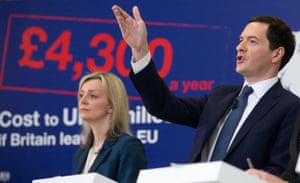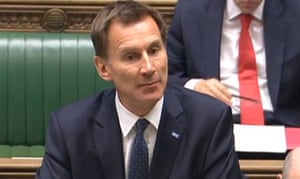
AMERICANS justify their country's comparatively high social inequality by emphasising its equality of opportunity. The implication is that it is talent and hard work, not inherited privilege, which separate the rich from the poor.
The linchpin of such a meritocratic perspective is the educational system, which effectively allows access to the top of the socioeconomic ladder through the process of university admissions. America's big three universities (Harvard, Yale and Princeton) have for centuries created and reproduced the national elite, and have long sworn fealty to the principle of egalitarian opportunity. But in “The Chosen”, an encyclopedic and engaging account of their admissions over the last century, Jerome Karabel, a professor of sociology at the University of California, Berkeley, demolishes their historical claim to be bastions of meritocracy. More provocatively, he questions the whole idea of whether you can define merit objectively, and instead uses painstaking archival research to prove that, over the years, the Ivy League universities have defined and redefined merit according to their shifting institutional priorities.
“The Chosen” highlights two critical turning points: the birth in the 1920s of selective admissions that introduced subjective non-academic merit as a criteria for acceptance, and the universities' dramatic shift in the direction of socioeconomic inclusivity in the 1960s, when they re-tooled the concept of merit to open their doors to racial minorities and women.
When Mr Karabel picks up the story shortly after 1900, the colleges were becoming increasingly concerned about the number of Jews who were passing the entrance exams. Since the Protestant upper classes who paid tuition bills had deserted other universities, notably Columbia, where “Hebrew” enrolments were deemed excessive, administrators regarded the increased Jewish presence as both a cultural insult and a threat to their institutional viability.
As a result, the colleges limited the size of their classes and began to reject students by creating a definition of merit that was expressly designed to justify quotas on Jewish applicants. Academic achievement would play second fiddle to the character and manliness thought to be inculcated by prestigious boarding schools. Jews (limited to 15% of the class at Harvard and 10% at Yale) were deemed lacking in these attributes. In the words of a former Harvard dean of admissions, Wilbur Bender, Jews were “effeminates, the precious and affected, the unstable”, while private school boys were “virile, masculine, red-blooded he-men”.
The three universities continued to find character almost exclusively in wealthy Protestant boys until the 1960s, when external social upheaval changed their institutional priorities. The student takeovers of university buildings and the violent race riots of that era caused administrators to fear for campus security, and they sought to avoid such disturbances by admitting (and, implicitly, co-opting) more black students. Since few black applicants had high test scores, the admissions definition of merit again had to be turned upside down. Character suddenly stemmed from socioeconomic adversity rather than privilege. Once the principle of diversity as merit was established, all-male Yale and Princeton were hardly in a position to reject the demands of the feminist movement for co-education, which they implemented around 1970.
The central thesis that Mr Karabel draws from this history is that the universities have always determined their merit criteria according to the admissions outcomes that would suit their institutional interests, rather than the other way around. Although he credits the three universities with becoming more accessible to the underprivileged, he notes that even today, the wealthy are still vastly overrepresented among their student bodies. This is partly due to the donation-friendly admissions preferences still given to athletes and children of alumni, which he concludes should be abolished.
But eliminating these practices won't turn these institutions into a meritocratic mecca because, as Mr Karabel argues, the concept of meritocracy itself is strategic and flexible, and often in outright conflict with egalitarian aims. “Those who are able to define ‘merit',” he writes, “will almost invariably possess more of it, and those with greater resources—cultural, economic, and social—will generally be able to ensure that the educational system will deem their children more meritorious.” Even today, efforts at Harvard to place more emphasis on the sciences (potentially replacing some wealthier white students with nerdy Asian-Americans) have attracted criticism that they might make the student body too one-dimensional instead of iconoclastic and well-rounded—exactly the same style of disparaging argument used to justify the Jewish quotas of yesteryear. As the book concludes, the unsettling lesson to be learned from a century of purported Ivy League meritocracy is that “the ideal of a meritocracy...is inherently unattainable.”



















